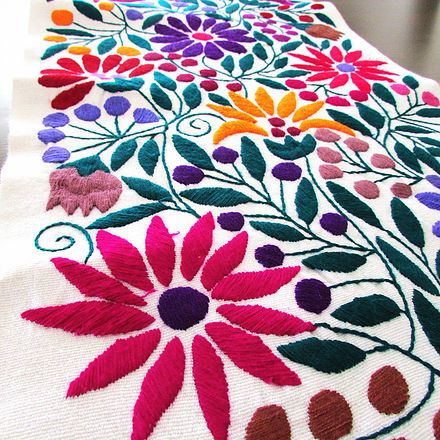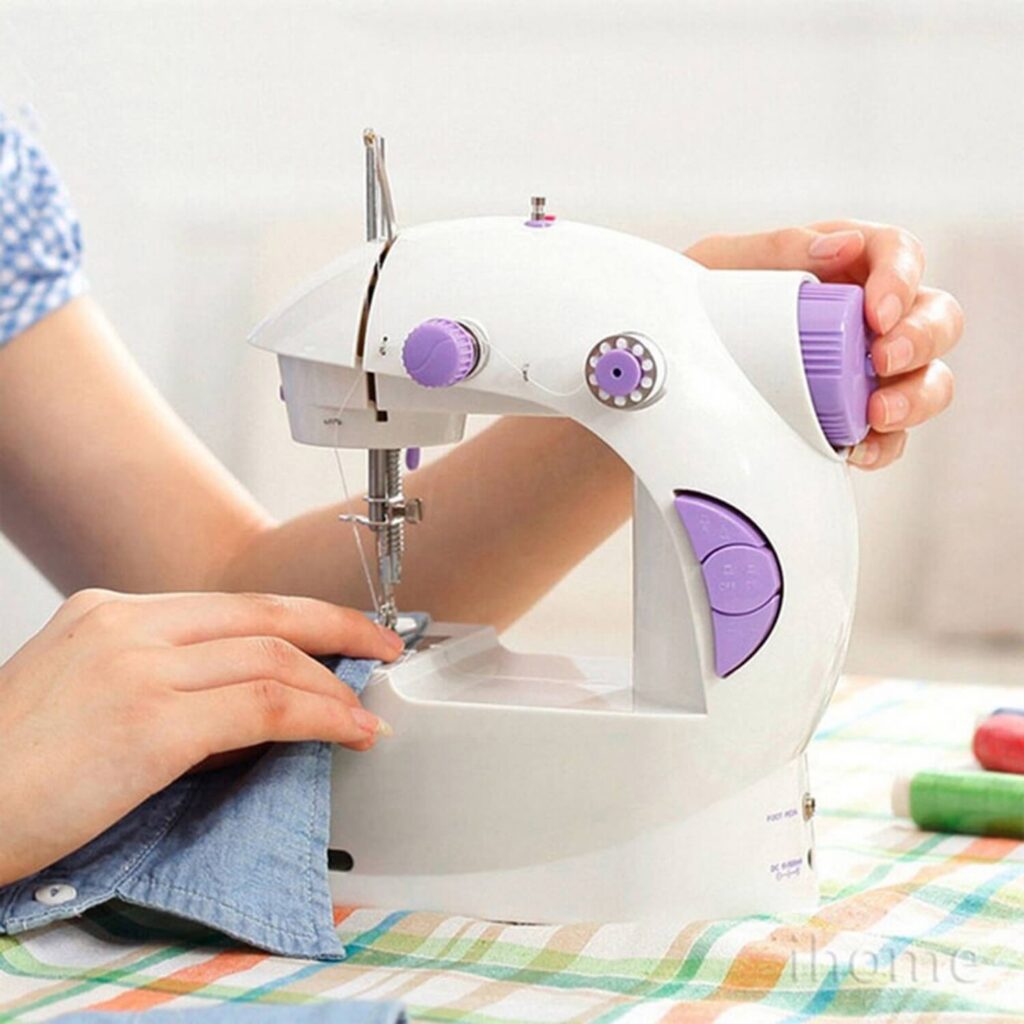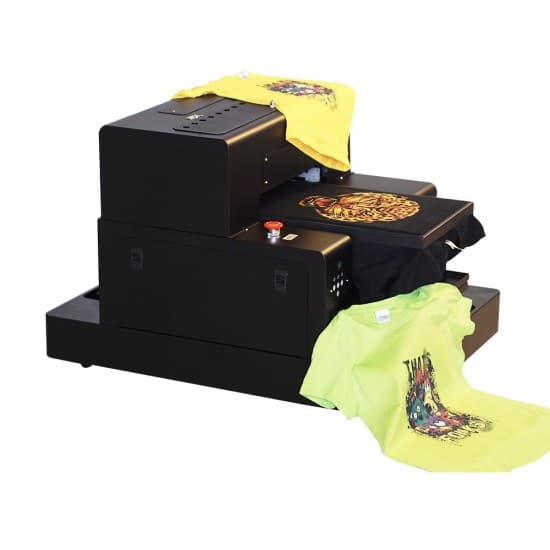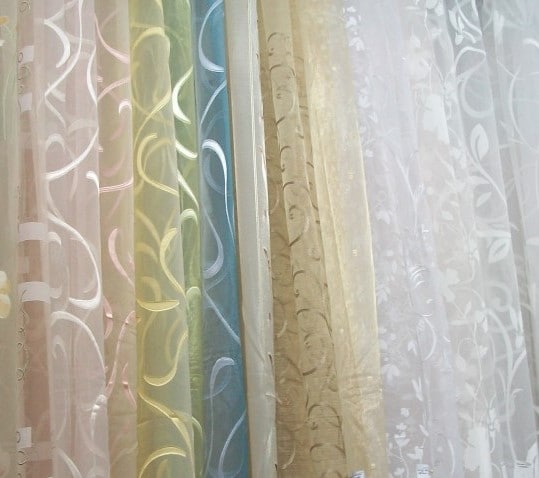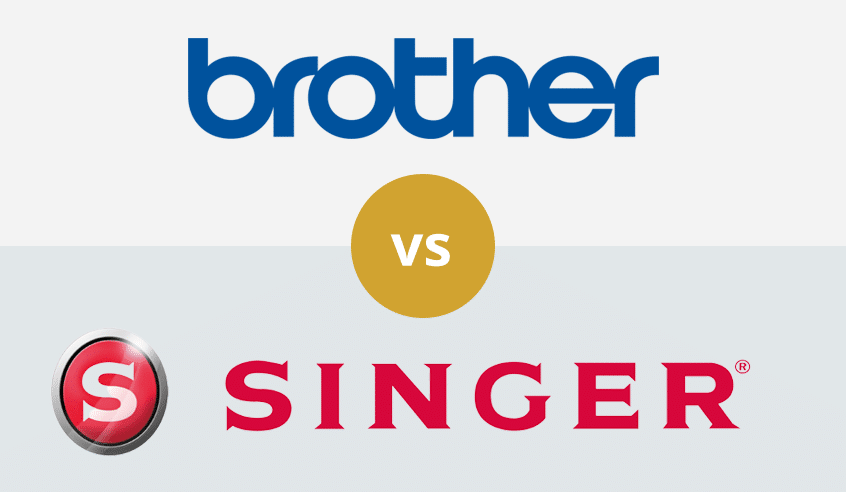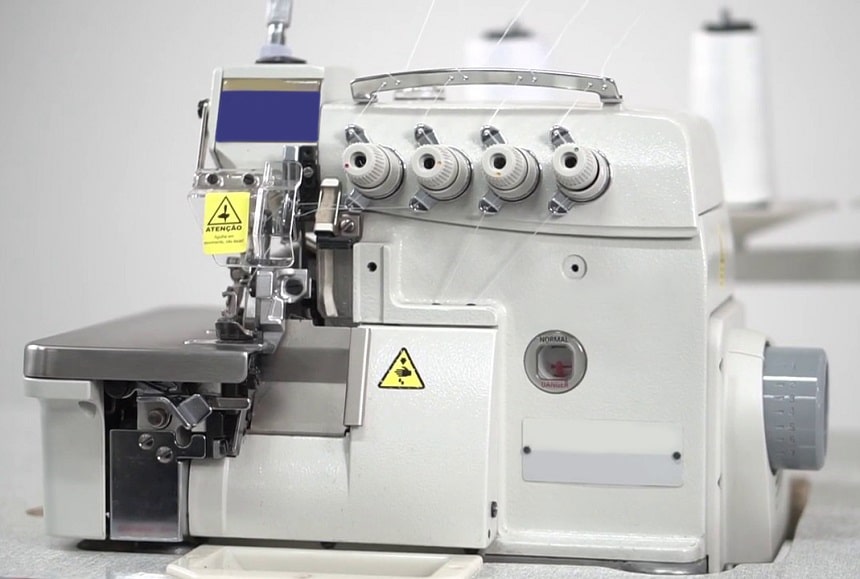

If you’re into crafting or enjoy making your own home decor items, you’re likely to love having a sewing machine. However, while a sewing machine is great, it is still important to know the fundamentals of the basic types of hand stitches.
Hand sewing can not only be handy for sewing on a loose button, but it can also be a better choice for delicate or vintage fabrics. Hand sewing can also offer health benefits Trusted Source 5 Health Benefits of Sewing and Why You Should Try It Sewing has proven health benefits that will enhance your wellbeing, including stress relief and fighting dementia. We share with you the reasons why you should pick up the needle. www.mindfood.com including stress relief and improving your cognitive function.
In this article, we’ll explore ten different types of hand sewing stitches, so you can learn which ones are best for your next project.
While there are dozens of different types of stitches for hand sewing, there are ten that you should be familiar with.
The running stitch is the easiest type of hand stitch and should be the first thing you learn how to sew by hand. A running stitch forms a straight line on the fabric, it can mend, tuck or gather as required.
To create a running stitch, you’ll need a good quality needle, like the Tulip needle set. Insert your threaded needle from the wrong side of your fabric, passing the needle through. Skip a few pieces of thread and pass through again. Repeat until you reach the end of the fabric or repair the tear.
A basting stitch is a little like a running stitch, but the stitches are very long. This is often used as an alternative to pinning the fabric or to gather fabric. There are three types of basting stitch.
The back stitch is one of the strongest types of sewing stitches by hand. If you know how to back stitch, you can sew almost anything.
Pull your needle through your fabric and take a stitch downwards. You’ll then need to go forward the same distance to bring your needle up again. Bring your needle down to where you started the first stitch. Continue until you create a line of strong stitches.
You can also use a half back stitch as a decorative type of stitch. This only carries back half the length of your first stitch.
Whip stitches are usually used to hem. The thread passes over the fabric edge to enclose it. This creates a neat edge that reduces the chances of fraying.
If you have a good strong thread, you can use a saddle stitch to create the look of a sewing machine lock stitch. However, a saddle stitch is strong and will not unravel.
You’ll need two threaded needles to create this stitch. Push one of the needles through the fabric and adjust it so the thread is equal on either side of the material. Then take the second needle through the hole to create your first stitch. pull the thread to tighten it, but don’t make it too tight. Repeat the steps, taking the two needles through the same hole on either side to form your stitches.
This resembles a whip stitch and it is typically used on the fabric raw edge. It can be used to neaten edges and prevent threads unraveling. Unlike a whip stitch which is straight, overcast uses short diagonal stitches with regular spacing. You can also form a cross using double overcasting stitches.
To create an overcast stitch, bring your needle ¼ inch from the edge of your fabric, from back to front. Place the needle in the back and bring it out ¼ inch to the left to create a stitch. Repeat this keeping your stitches an equal distance apart.
If you want to double overcast, finish the single overcast stitch and then cross each stitch without breaking the thread.
Buttonhole stitches are decorative and can enclose the raw edge of your fabric. For this reason, it is also known as a blanket stitch, as you’ll often find it on the edge of blankets.
Start your stitch slightly inside the fabric and make a starting knot. Push your needle down and bring it up at your first stitch. Pull to form a loop and put your needle through to create a tight knot. Repeat until you reach the end of your fabric or you’ve gone around the full circle of your buttonhole.
The catch stitch takes its name from catching a thread from the first fabric and then crossing the thread to catch a couple of threads from the second fabric. The main advantage of a catch stitch is that it is stretchy. This makes it a great choice if you’re sewing a hem that needs some give.
A blind hem stitch is one of the types of hand stitches used to hem. It is an invisible stitch that can create a neat finish.
To create a blind hem or slip stitch insert your needle into the fold of your hem, bring the needle out and take a couple of threads from your main fabric. Come back to your hem and insert the needle into your fold, just to the left of the place where you drew a thread. Pass your needle ¼ inch through the fold and bring it out. Repeat.
A vertical hem or couch stitch is another invisible hem stitch. Bring your needle from behind your folded hem, as the needle comes out vertically, catch a couple of threads and pull the needle to the front to create your next stitch. You should only see two dots on the face of your garment where you’ve caught the two threads.
Now you’re familiar with the basic types of hand stitches, you may appreciate some hand sewing tips.
Before you start even the smallest hand stitching project, it is a good idea to gather everything you need. There is nothing more frustrating than getting to a delicate part of the project and needing to put it down to fetch your scissors or grab another reel of thread. It is also important to choose good quality threads like Milijia, which is available in a wide variety of colors.
As we have shown, the types of stitches for hand sewing are varied, so it is important to choose the right one for your current project. The best stitch will be firm enough to hold whatever you’re sewing and look attractive. While it is difficult to compare sewing machine stitches, the different types of hand stitches are used to create different results.
If you’re attempting a tricky repair, a back stitch is likely to be the right choice, but if you want to create a neat hem, you will be better using a blind hem or vertical hem stitch.
You can use a knot or back stitch to end your stitches when sewing by hand. You can use either method, but some projects may be better with one or the other.
A needle is an essential part of your sewing kit. Whether you’re hand or machine sewing, you won’t be able to get through any sewing without one. Needles come in different lengths and thicknesses.
Generally, the lighter the fabric, the smaller a needle you’ll need, while heavier fabrics need larger needles.
Just like your needle, you also need to choose the right thread. In addition to matching the color of your thread to your fabric, it should also match the weight and properties of your fabric.
It is also a good idea to match your thread content to your fabric. So, stick to cotton threads for natural fiber materials and polyester threads for synthetic blend fabric.
Additionally, try to choose the best thread you can afford. Cheap thread will be more prone to breaking and fraying, it will also look low quality on your garment.
In addition to choosing a good quality thread, you can avoid fraying and make it easier to thread by cutting it on an angle. Aim to cut in one smooth motion at a 45-degree angle.
Many people new to hand sewing struggle to keep their thread tangle free or even thread it through their needle. However, you can tackle these issues by running your thread through some type of wax, such as beeswax.
If you’re struggling to thread your needle, you could also use hairspray on your thread. This will help to stiffen the thread to make inserting in through the hole easier.
Wearing a thimble can feel awkward, but you’ll appreciate it when you’re pushing a needle through fabric close to your fingers. A needle prick can not only really hurt, but it can cause blood to drop on your fabric, potentially staining the material. So, keep a thimble in your sewing kit and become comfortable using one.
Regardless of your sewing project, if you want to get the neatest possible stitches, iron your fabric before you start sewing. Pressing will not only provide a more precise measurement, it can help you to avoid a crooked line of stitches because of a crease in the fabric. Of course, you should also iron your fabric after you finish, so you can enjoy a polished, professional look.
If you’re finding your fabric a little slippery when cutting or sewing, try placing it on top of some tissue paper. This will provide a little traction, so you won’t need to worry about your sewing project sliding on to the floor.
If you’re worried about busting your new stitches as you thread elastic through, use a safety pin. If you pin a safety pin through your elastic, you can then push it through your garment, feeling the end of the elastic without risking ripping your new stitch work.
Even if you’ve used the best thread and the strongest stitches to attach a button to your garment, it will be under a great deal of strain. However, you can ensure it is secure with a little clear nail polish. A dab of nail polish will prevent the threads from fraying and help to hold the button in place.
If you’re working with a thick fabric or a thick assembly of fabrics, it can be tricky to push a needle all the way through. So, use an awl to pre punch the fabric. This will make it easier for the needle to slide through. Awls have a sharper point that can puncture the fabric easier than a needle. This not only saves your effort, but can also help to create uniform, evenly spaced stitches.
Hand sewing can not only improve your hand eye coordination, and cognitive function, but it can also be a relaxing hobby. Additionally some projects can benefit from hand sewing, particularly if you’re working with delicate or vintage fabrics.
There are various types of hand stitches with pictures, but if you can master these ten types of hand stitches, you should be able to manage any sewing project. From a straight forward running stitch, you can use for pinning or creating neat line to creating an invisible hem with a blind hem or vertical hem stitch, if you can learn how to use these stitches and choose the right one for your project, you will be able to create professional looking crafts, decorative items and garments.
